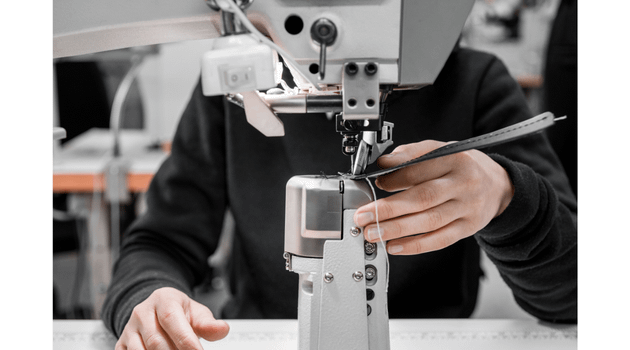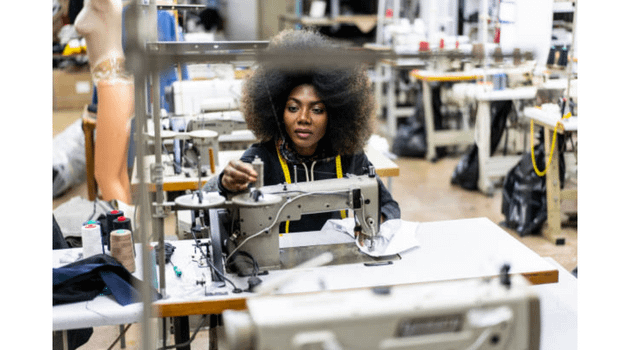Sampling Services
What is the Sampling Process ?
Creating a small number of garments from a design to test the fit, construction, and overall appearance of the final product before committing to a full production run .
The sampling process typically involves creating a prototype of the design, also called a sample garment, which is then used to make any necessary adjustments to the pattern or design before finalizing the specifications for the full production run .
The sampling process may involve multiple rounds of adjustments and re-sampling until the design is finalized and approved for production. This allows the designer and manufacturer to identify and correct any issues before committing to a large-scale production run, which can save time and money in the long run .

The sampling process may involve multiple rounds of adjustments and re-sampling until the design is finalized and approved for production. This allows the designer and manufacturer to identify and correct any issues before committing to a large-scale production run, which can save time and money in the long run .

The Sample Machinist.
The sample garment is often created in the base size of the range of sizes that the design will be offered in, and the sample is used as the starting point for grading the patterns for the other sizes .
The sampling process also allows to check and evaluate the quality, durability, and functionality of the final product, this can include testing for comfort, wear and washability, and check against any safety regulations and requirements .
What are the Benefits of Sampling?
Testing and compliance
Sampling allows manufacturers to check the final product against any safety regulations and requirements and conduct any necessary testing, such as flammability testing and wear and wash testing, before committing to a full production .
Quality control
The sampling process allows manufacturers to evaluate the quality and durability of the final product, identify any issues with the fit or construction, and make any necessary adjustments before the full production run.
Time savings
By identifying and correcting any issues with the design or construction during the sampling process, manufacturers can avoid delays in the production process and get the final product to market faster.This can help to avoid costly mistakes and rework run.
Innovation
Sampling allows manufacturers to test new designs and materials, it can also lead to innovation in the design and construction of the final product, resulting in new and improved products for consumers.
Cost savings
By creating a small number of sample garments before committing to a full production run, manufacturers can identify and correct any issues with the design or construction before investing in a large-scale production.
Sales support
CMT production allows manufacturers to focus on their core competencies, such as design and marketing, while outsourcing the production process to specialists who can handle.This can help to avoid costly.
How does a Sample Machinist help in Sampling?
A skilled seamstress or tailor who specializes in creating sample garments for the fashion industry.
They work closely with designers and pattern makers to create a prototype of the design, also called a sample garment, which is used to test the fit, construction, and overall appearance of the final product before committing to a full production run.
A sample machinist uses a combination of manual and machine techniques to create the sample garment.
They can use industrial sewing machines, sergers, and other specialized equipment to create the sample quickly and accurately.
They are also skilled in using hand sewing techniques to create details and finish work on the sample garment.
The sample machinist is responsible for cutting the fabric, assembling the garment, and making any necessary adjustments to the pattern or design before finalizing the specifications for the full production run.
They also help to communicate the construction details and any adjustments made during the sampling process to the production team.
This allows for a smooth transition to the production phase, as the sample machinist has ensured that the design is finalized and the specifications are clearly communicated.
We make sure that our specialist sample machinist ensures the sampling process by using their skills and expertise to create a prototype of the design, make any necessary adjustments, and communicate the details of the final design to the production team, making sure that the final product meets the design specifications and quality standards.
FAQ’s
Related Latest Blogs
